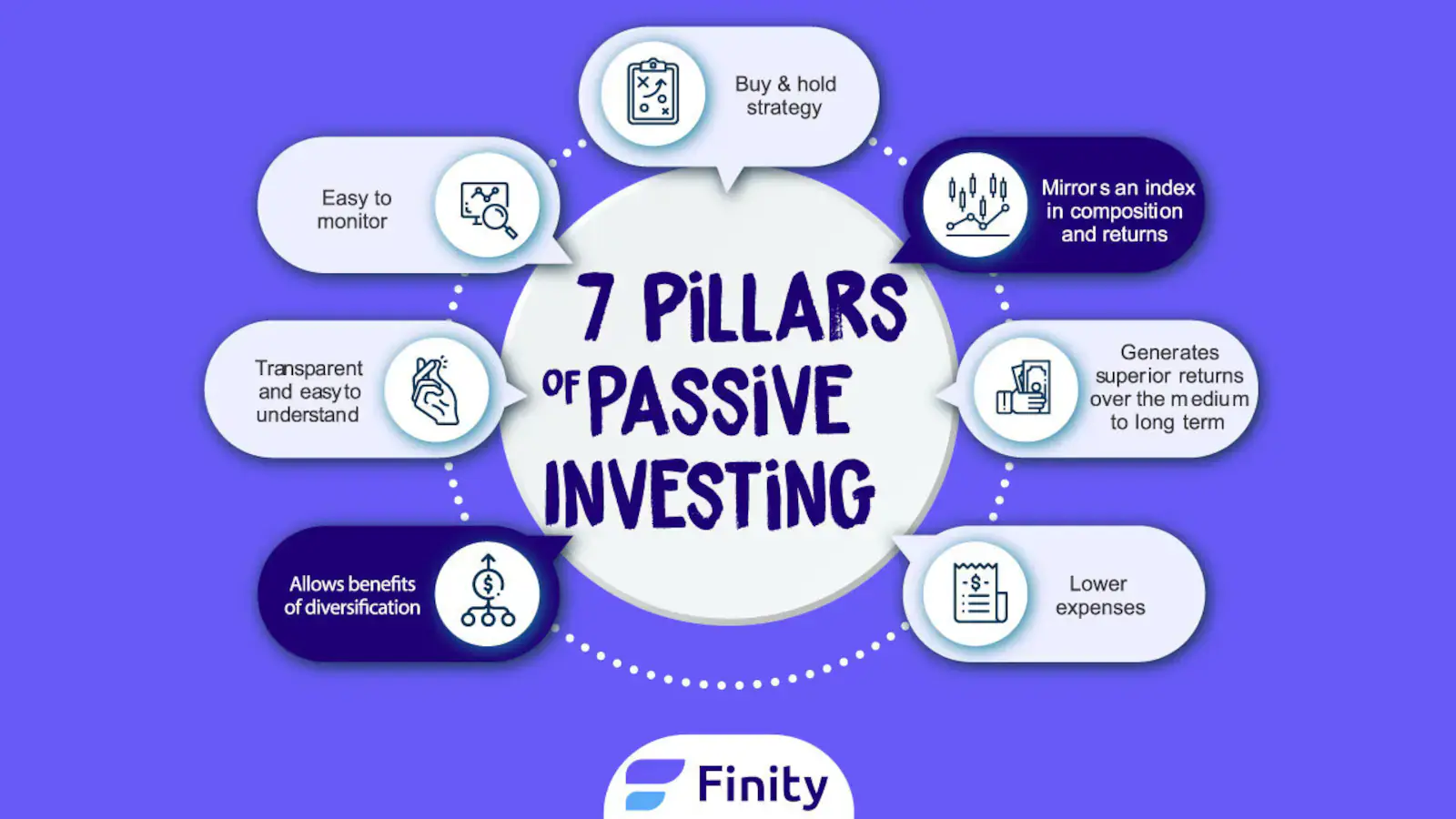- Home >
- Sport
- > Activities
Earn More, Stress Less: How to Build Wealth Through Passive Investment
Passive investing lets your money work for you—day and night—through smart, low-maintenance strategies that stand the test of time. In this guide, you’ll discover what passive investing really is, why it’s a game-changer for building long-term wealth, and exactly how to get started today.

What Is Passive Investment?
Passive investment is a strategy where you invest your money in assets that require minimal day-to-day management. Instead of frequently buying and selling to “beat the market,” passive investors typically hold diversified assets for the long term, allowing market growth and compounding to do the heavy lifting.
Common examples include index funds, ETFs, bonds, and real estate investment trusts (REITs).
| Investment Type | Potential Annual Return | Risk Level | Liquidity | Effort Required |
|---|---|---|---|---|
| Index Funds | 6–8% | Medium | Medium | Low |
| ETFs | 6–8% | Medium | High | Low |
| Dividend Stocks | 4–6% + price growth | Medium-High | High | Medium |
| REITs | 4–7% | Medium | High | Low |
| Bonds | 2–5% | Low | Medium | Low |
| P2P Lending | 5–10% | High | Low-Medium | Medium |
Benefits of Passive Investment
1. Lower Costs – Fewer transactions and minimal management mean lower fees and expenses.
2. Time-Saving – No need for constant market monitoring or active trading.
3. Diversification – Many passive investments, like index funds, spread your money across hundreds of companies or assets.
4. Consistent Growth Potential – Historically, well-chosen passive investments tend to deliver steady long-term returns.
5. Less Stress – Avoids the emotional ups and downs of daily market volatility.
How to Start Passive Investment
1. Define Your Goals – Decide whether you’re aiming for retirement savings, wealth growth, or passive income.
2. Assess Your Risk Tolerance – Choose investments that match how much risk you can comfortably take.
3. Pick Your Investment Types – Popular options include index funds, ETFs, bonds, dividend stocks, and REITs.
4. Use a Brokerage or Robo-Advisor – Platforms like Vanguard, Fidelity, or Betterment make it easy to start.
5. Stay Consistent – Invest regularly (monthly or quarterly) and avoid frequent changes.
Common Mistakes in Passive Investing
1. Chasing Short-Term Gains: Passive investing is built for the long term; focusing on quick profits often increases risk.
2. Lack of Diversification: Concentrating in one market or sector makes your portfolio vulnerable to single-factor shocks.
3. Neglecting Portfolio Reviews: Even a passive portfolio needs periodic check-ins—once or twice a year—to ensure the allocation still fits your goals.
How to Stay Committed Long-Term
1. Set Up Automated Contributions: Invest a fixed amount monthly without letting emotions dictate your timing.
2. Embrace Market Volatility: Price dips are opportunities to buy quality assets at a discount.
3. Have Clear Goals: Whether it’s retirement, education, or financial independence, knowing your “why” helps you stick to the plan.
Tips:
Passive investing is a simple yet powerful way to grow wealth without constant market involvement. By defining your goals, selecting the right mix of assets, and sticking to a long-term plan, you can let your money work for you — effortlessly.












